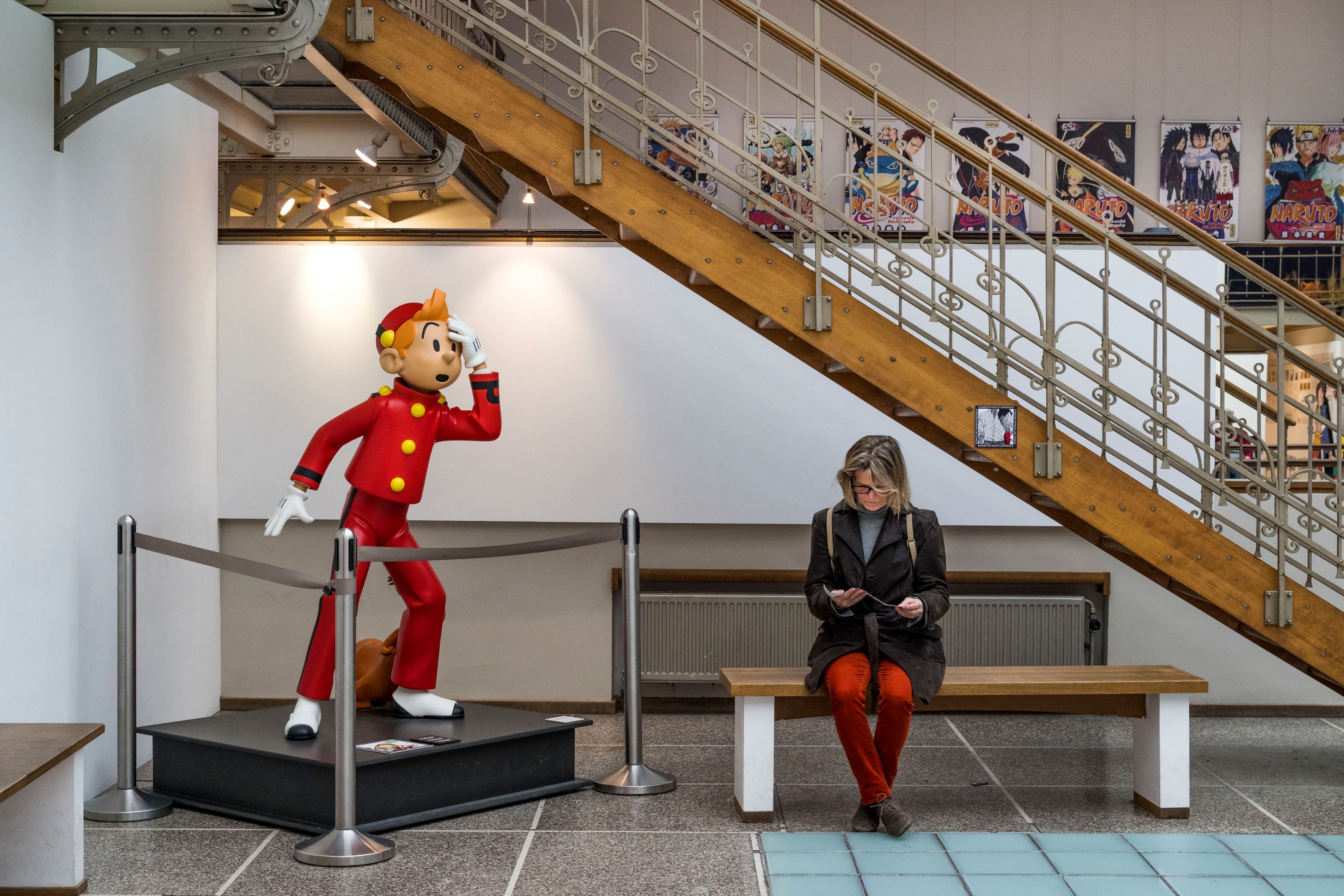The Belgian Comic Strip Center: An archive of a rich comic strip history

Belgium has a rich comic strip history. So it's not surprising that Brussels was the first city in the world to have a comic strip centre. Every year, around 200,000 people visit to learn more about this cultural phenomenon.
It's not only the museum that tells a Belgian story but also the building in which it is housed: an Art Nouveau building designed by architect Victor Horta, which had previously served as a department store. Abandoned in 1920, it was left to decay for decades.
Jean Delhaye, a former associate of Horta, tried to save the building from demolition and was instrumental in having it listed by the Royal Commission for Monuments and Sites on 16 October 1975. However, the building continued to deteriorate.
Hergé Museum
In 1980, architect Jean Breydel visited the building and, as a comic strip enthusiast, spoke to the comic strip writer and Art Nouveau lover François Schuiten. He wanted to give the building a new purpose as the Hergé Museum, dedicated to the comic strip artist and scriptwriter, best known as the creator of Tintin.
Another decade later, in 1989, architect Jan Bruggemans, director of the Sint Lukas Archive, had the idea of using the dilapidated department store for the TRANSFIGURATION exhibition.
This led to the decision to restore the building and convert it into a museum of Belgian comic strips. There had been plans to create such a museum for some time, and the building seemed ideal. The centre was officially opened on 6 October 1989 by King Baudouin and Queen Fabiola.
Landmark
Today, the Belgian Comic Strip Center has become a landmark. It has a restaurant, a room dedicated to Victor Horta, a library with a reading room and study area, an exhibition on the creation of comic strips, an auditorium, a room with original comic strip drawings and an area dedicated to animation with original objects from, among others, some largely forgotten Belgian animated films.
On the first floor, the Showcase of Imagination presents the pioneers of Belgian comics. The cartoonists exhibited here all began their careers during this period (1929-1960). The legendary comic strips Tintin and Spirou feature prominently.
The second floor is dedicated to comics and merchandise. The space is also regularly used for temporary exhibitions.
Ten of the cartoonists on display are French-speaking Belgians, four are Flemish and two - Jacques Martin and Tibet - were born in France but lived and worked in Belgium for most of their lives.
© PHOTO RIEGER BERTRAND / HEMIS VIA AFP
Related news

